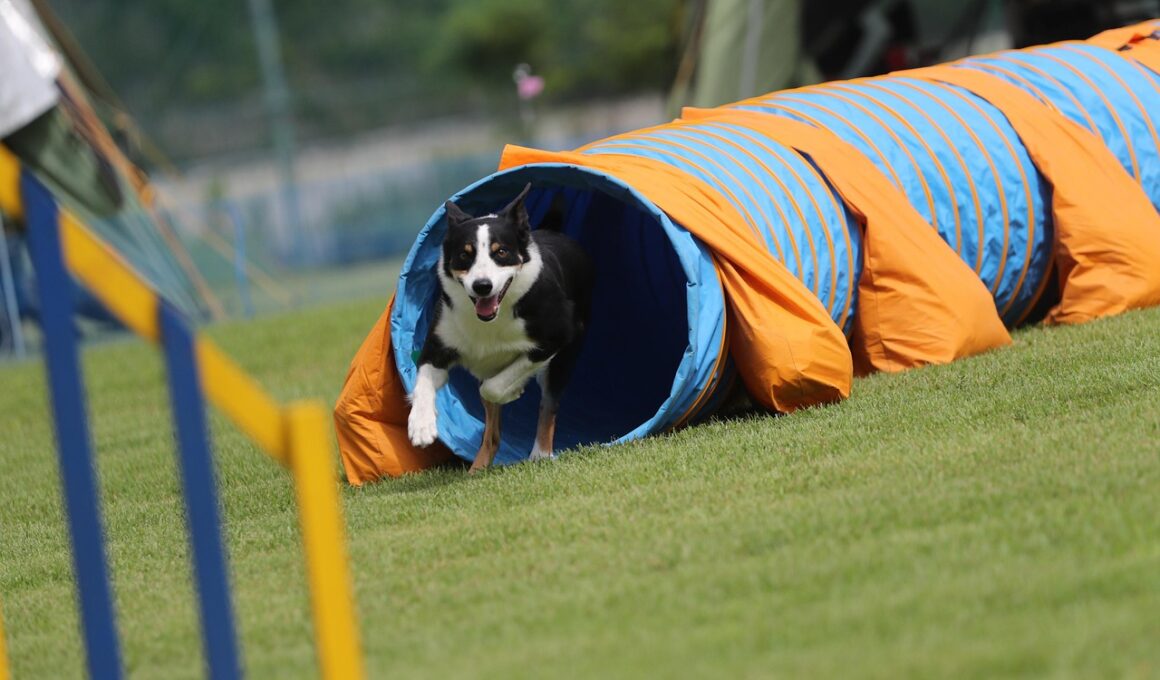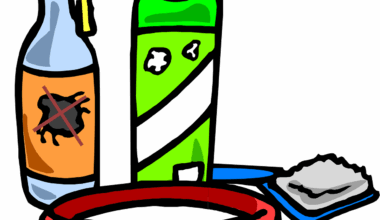Understanding Scoring Systems in Dog Show Agility Competitions
Dog show agility competitions are thrilling events that showcase the skills, speed, and teamwork of dogs and their handlers. The scoring system plays a critical role in determining the winners in these competitions. Understanding how this scoring system functions can help handlers prepare their dogs better and optimize their performance in the ring. The two main aspects of scoring are time and faults. Each competitor aims to complete the agility course as quickly as possible while making the fewest mistakes. Faults can be incurred from various errors, such as knocking down jumps or incorrect obstacle performance, which will ultimately affect the overall score. Competitions may also employ different scoring methods, including point accumulation and time-based scoring, adding further complexity. Handlers must remain aware of their dog’s capabilities. Coaching and practicing with their dogs consistently can greatly enhance their chances of success. Additionally, consistently reviewing performance can offer insights into areas for improvement. In this article, a thorough overview of the scoring systems will be presented to demystify this vital aspect of canine agility competitions. A deep dive into the dynamics between time, faults, and overall scoring awaits!
The structure of courses in agility competitions can vary significantly, adding layers of excitement to the scoring format. Each agility course consists of a series of obstacles, including jumps, tunnels, and weave poles. Handlers guide their dogs through this setup, striving to achieve both speed and precision. The judges monitor the process closely and evaluate performances according to the established rules. The performance is typically rated based on two major factors: time taken to complete the course and the number of faults accrued. Every obstacle has its individual complexities, which can lead to various fault types. Common faults include refusal, which occurs when a dog hesitates in front of an obstacle, and elimination, which signifies disqualification due to severe errors like skipping obstacles altogether. Each fault carries a corresponding penalty, which affects the final scoring. Furthermore, the fastest time achieved among all competitors who incur no faults usually takes precedence. Therefore, awareness of the time penalties associated with faults is essential. Handlers must train their dogs to handle obstacles with confidence while minimizing mistakes to secure a competitive edge.
Types of Scoring Systems
Diving deeper into the learning curve for agility competitions reveals the diverse scoring systems employed across various shows. Some competitions use a “zero faults” system, awarding the fastest dog with no faults the top prize. Others may focus on a point accumulation system, whereby handlers earn points for each obstacle completed successfully but lose points for faults incurred. Although methods vary, most involve a combination of timed runs and fault penalties. This scenario enables a fair evaluation of not just speed but also overcoming challenges on the course. Systems may also differ based on the level of experience factored into scoring, as beginner, intermediate, or advanced classes might allow for varying degrees of fault tolerance. Furthermore, some events may incorporate additional challenges, such as jump-offs or time chips, to determine winners among competitors with similar scores. Prevalent in larger dog show competitions, these methods not only stress speed and accuracy but also a dog’s ability to focus under pressure. The key to success lies in a dog’s handler understanding the specific rules of the competition they enter.
Faults in dog show agility competitions manifest in various ways, each impacting the overall score differently. For instance, a dog may incur a fault by knocking down a bar during a jump or refusing to perform a designated obstacle, both of which carry specific penalties. Handler errors can also result in faults, especially if they misdirect their dog or inadvertently lead them away from intended obstacles. These faults contribute to a more nuanced understanding of the overall performance. Different organizations may have variations in how faults are called, but generally, the more faults a dog accumulates, the higher the score is penalized. Rarely, handlers may have to make strategic decisions on whether to continue or withdraw after incurring multiple faults. As competitors become more familiar with how faults function, they can train their dogs to minimize faults effectively. This preparation involves practice sessions that simulate the competition atmosphere, enabling dogs to maintain focus and confidence on the day of the event. Both the dog’s and handler’s relationship affects how they navigate through courses, ultimately influencing their success.
Time Considerations in Scoring
Time is another essential metric that significantly influences scoring in agility competitions. While completing the course with zero faults is paramount, achieving the fastest time is equally crucial. Dogs are timed electronically from the moment they start until they complete all obstacles. Precision timing allows for an accurate ranking of competitors based on their performance. Given that time can become a separating factor among competitors, handlers often implement strategies aimed at maximizing their dog’s speed while minimizing distractions. Fastest times often require a combination of superior training routines and practiced teamwork between handler and dog. Striking a balance between speed and accuracy becomes vital, as rushing through obstacles can lead to errors such as missed jumps and missteps. As such, both handler and dog must understand the importance of maintaining an optimal pace throughout the course. Strategic choices, such as taking a more direct path versus a longer one with fewer obstacles, can also impact overall timing. Training becomes essential in honing the dog’s reflexes and ability to respond quickly to commands, ensuring an efficient run in the ring.
Preparation for agility competitions is an ongoing process that requires dedication, commitment, and adaptability. Handlers need to instill confidence in their dogs while fostering skills that translate well in a competitive atmosphere. Engaging in regular training sessions, attending workshops, and participating in local competitions enhance both skill sets and provide an essential support network. Observing other competitors and their techniques can offer valuable insights into various handling methods and how to navigate courses effectively. Additionally, handlers must prioritize their dog’s health through balanced nutrition, regular exercise, and proper rest. These factors contribute to the overall performance and stamina during competitions. When participating in these events, it’s important for handlers to manage stress, both their own and their dog’s, particularly if either exhibits anxiety in unfamiliar settings. Lastly, note that agility competitions are also about the joy of working together, encouraging a strong bond and mutual respect between handler and dog. This foundation enables smoother runs and better performance overall, which can significantly enhance the experience for both parties involved.
Conclusion: Mastery and Performance
Achieving mastery in dog show agility competitions takes time, consistent practice, and understanding of various scoring systems. With the intricacies of time and fault penalties at play, handlers greatly benefit from adapting their training to emphasize styles and techniques that best suit their dog’s strengths. In addition, as scoring varies significantly across competitions, developing a comprehensive strategy tailored to the specific rules of each event becomes crucial. By honing communication and ensuring clarity between themselves and their dogs, handlers can improve performance in critical aspects such as speed and accuracy. Ultimately, the essence of agility competitions is built upon the bond between handler and dog, reinforced by shared experiences and triumphs throughout their journey together. This engaging experience contributes toward shared memories beyond the competitive aspects. With dedicated training, awareness of faults, understanding of time, and appreciation for structure, handlers can find joy in this exhilarating sport. The scoring systems serve not just as rules, but as catalysts for growth and achievement, pushing handlers and their dogs to reach new heights in their agility adventures.
In conclusion, scoring systems in dog show agility competitions are complex yet fascinating, serving as a critical framework for assessing performance. As competitions vary across different regions, the nuances associated with timing and faults make it essential for both handlers and dogs to prepare accordingly to secure a good ranking. By understanding the specific methodology behind different scoring styles, competitors can tailor their training efforts more effectively, enabling refinement of techniques that yield optimal results on competition days. With a wide array of challenges ahead, continued practice remains the key to success in these exhilarating sports. Handlers who focus on building trust and communication can bring out the best in their dogs, thereby enhancing not just competitive performance but also the bond they share. Recognizing that agility is both a sport and an opportunity for connection equips handlers with motivation and sense of purpose. In an increasingly competitive atmosphere, striving for excellence in agility can foster a fulfilling experience for both handler and dog, offering lessons in persistence and teamwork, echoing far beyond the competition ring.


